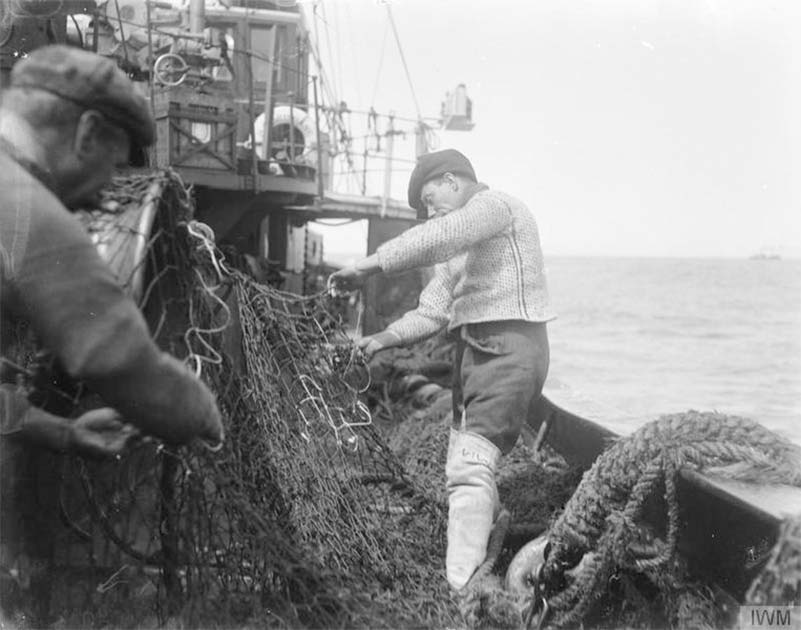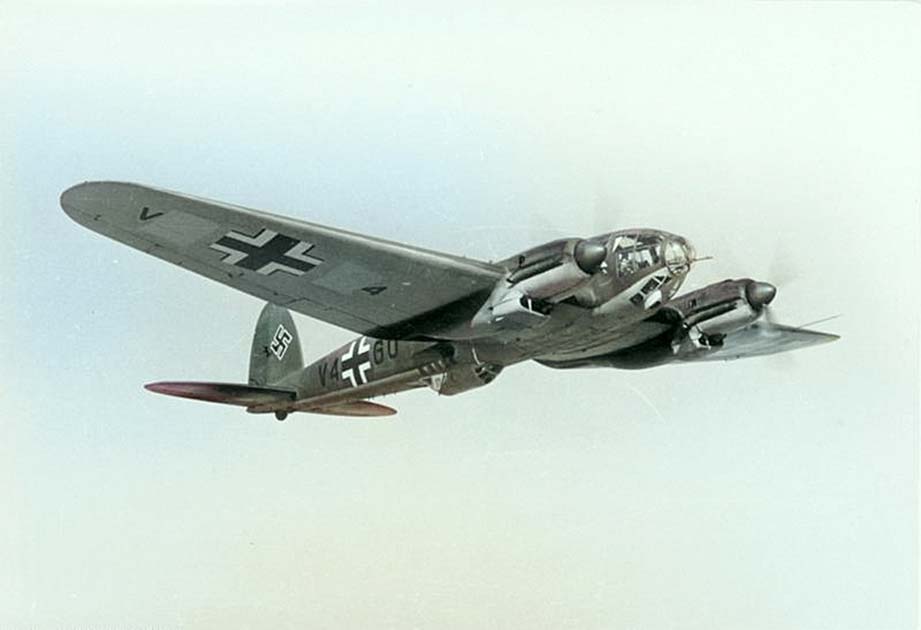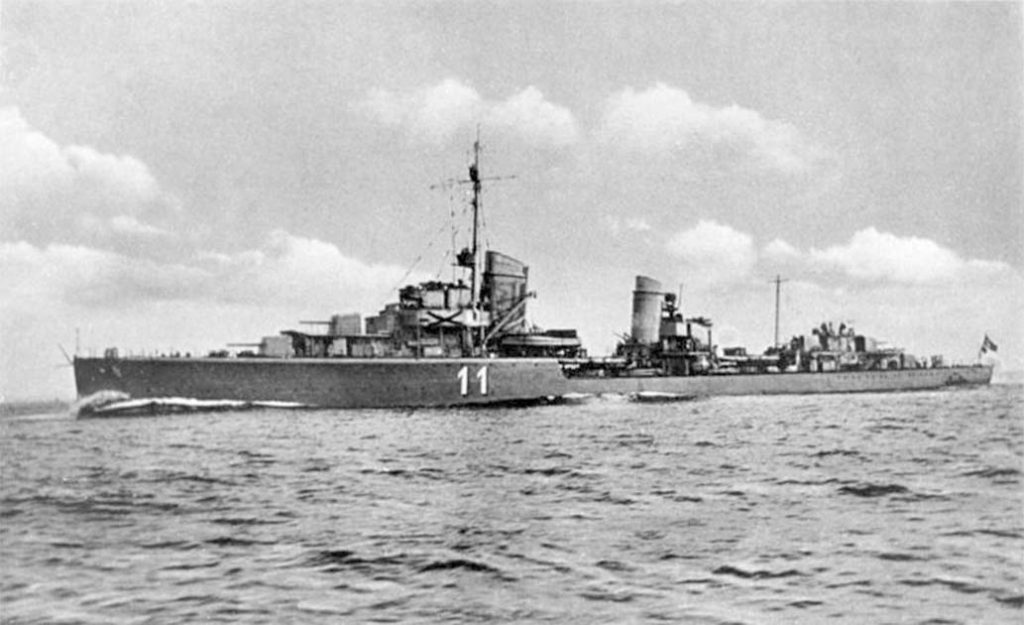The Second World War was a terrible global conflict, fought across innumerable battlefields o land and sea. Some of these naval battles between the Allied and Axis powers were decisive and heroic, while others were disastrous and tragic.
But, perhaps the most catastrophic of all was Operation Wikinger, a German sortie into the North Sea that ended in disaster. The Germans lost two vitally important ships, hundreds of men, and humiliated themselves in the process.
Making everything worse, the Germans had put to sea thinking the plan was a slam dunk. This is how Germany went from what seemed like a quick and easy win to a badly orchestrated bloodbath.
The Plan
By early 1940 the Kriegsmarine, the navy of Nazi Germany, had started paying attention to the British fishing trawlers operating around Dogger Bank, part of the North Sea. They had noticed that at any given time up to 60 defenseless British trawlers could be found there, vital for the UK’s food stocks and easy prey to armed naval ships.
It looked like a potentially easy win. Firstly, if the Kriegsmarine put these fishing grounds beyond the reach of the Allies it would hurt their enemy financially. As an island nation, Britain relied on its fishing vessels, especially during wartime. Such a humiliating defeat would also hurt the country’s morale.
Secondly, the Kriegsmarine suspected that the British fishing trawlers were spying on German naval movements and possibly finding the swept channels in the Westwall minefield belt, a defensive barrier of mines laid by the Germans along the coast of the Netherlands, Belgium, and France. Luftwaffe reconnaissance flights also indicated that British submarines were operating in the area.
So, the Kriegsmarine came up with Operation Wikinger. It hoped that in one fell swoop it could destroy these trawlers and in doing so it could hurt the British economy and morale and hopefully lure out British naval forces which would come to the rescue. The Kriegsmarine then could launch a devastating surprise attack on these ships.

Since the Kriegsmarine’s destroyers were fast and well-armed, and the British naval presence in the area was assumed to be weak, the Germans believed Operation Wikinger to be a low-risk, high-reward mission. It quickly got the green light.
The operation began on 21 February 1940 when six German destroyers, the Leberecht Maass, the Friedrich Eckoldt, the Richard Beitzen, the Max Schultz, the Theodor Riedel, and the Bruno Heinemann left their base at Wilhelmshaven.
- Operation Aphrodite: A Suicide Mission led by a Kennedy?
- How Do You Sink The Bismarck? A WWII Conundrum
Divided into two groups, each led by a flotilla leader, they headed for Dogger Bank, hoping to arrive there by the following morning. The plan was simple. Turn up, hunt down the trawlers, and then launch a surprise attack on any Brits who turned up to help.
What could possibly go wrong?
Miscommunication, Miscommunication, Miscommunication
As it turned out, everything. The entire operation was doomed from the start. The Kriegsmarine had no major air component which meant it had to rely on the Luftwaffe for air support. It had requested fighter cover to help it carry out Operation Wikinger, but received none.
This was a problem because unbeknownst to the Kriegsmarine, the Luftwaffe had its own mission planned in the same region. At the same time as the Kriegsmarine had six of its ships barreling towards Dogger Bank, the Luftwaffe had two Heinkel He 111 bombers heading there to carry out their own long-postponed anti-shipping operation.

Things started to go off the rails when one of these planes spotted two of the German ships but, unsure of whether they were friend or foe, decided not to send out any recognition signals. This resulted in one of the ships opening fire on the bomber, believing it to be a British plane.
The bomber retaliated by attacking both ships and dropping three bombs. One of these scored a direct hit on the Leberecht Maass. The German ships panicked and scattered, and the Friedrich Eckoldt was ordered to help the wounded Leberecht Maass while the other four escaped.
As the Friedrich Eckoldt was aiding her, the Lebrecht Maass was hit by two more bombs. This time there was a massive explosion, and the ship broke clean in two.
From there, things only got worse. The Leberecht Maass had been the leader of the 1st Destroyer Flotilla and without its lead, the other destroyers completely fell out of formation and command fell apart. Panic quickly began to set in.
While the Friedrich Eckoldt was attempting to save survivors of the sinking Lebrecht Maass, lookouts on the Richard Beitzen were reporting another air attack which had triggered further explosions. Acoustic noises from this seem to have registered on the Theodor Riedel’s hydrophone. This led the ship to think it had found a British submarine, so it dropped four depth charges.
These charges went off early, exploding too close to the ship. This in turn damaged the destroyer and jammed its rudder, leaving it stuck sailing around in circles. A lookout on the Erich Koellner then caused yet more trouble when he communicated he had spotted the non-existent British submarine.
This had two unfortunate consequences. Firstly, it was ordered that rescue efforts be paused while the surviving ships hunted for the submarine, and many more sailors drowned awaiting rescue. Second, the Erich Koellner’s captain decided to try and ram the submarine which, and we cannot stress this enough, still wasn’t real.

In hindsight, it was decided he had probably spotted and rammed the sunken bow of the Leberecht Maass. By now the situation was completely unsalvageable.
If this wasn’t all bad enough the ships soon realized that at some point in the confusion the Max Schultz had fallen silent. In all the chaos it had hit one of the 120 mines laid in the area by the British destroyers HMS Ivanhoe and HMS Intrepid nearly a month earlier. Mines they might well have known about if the Kriegsmarine and Luftwaffe had communicated properly.
When the smoke settled it was found that 320 crewmen had died when the Max Schultz sank and 286 of the crew aboard the Leberecht Maass had also died. Only 60 survivors were rescued.
The Kriegsmarine had to face the consequences of losing two destroyers and hundreds of sailors in a friendly fire incident. The operation was a complete failure for the German armed forces and a humiliating blow to their reputation and morale.
Avoiding Disaster
The most tragic part was how avoidable the whole thing could have been if only the Kriegsmarine and the Luftwaffe had communicated better and coordinated their operations in the North Sea. Standing orders dictated that both parties cooperate in naval operations and inform each other of their sorties and air operations. This hadn’t happened.
If it had, the Luftwaffe bomber would never have been caught off guard when it spotted the destroyers. If the Kriegsmarine had received the air support it requested in the first place, the disaster also could have been avoided.
There were other operation failures too. Recognition signals should have been used but weren’t and arguably both sides had been too trigger-happy. The fact that the Max Schultz had been sunk was an intelligence error. The Kriegsmarine should have done more reconnaissance and analysis of the situation before launching the operation and adjusted their tactics and strategy accordingly.

The failure of Operation Wikinger was a tragic example of the lack of cooperation and trust between the German armed forces, which hampered their effectiveness in the war. The Kriegsmarine and the Luftwaffe had different priorities and perspectives and often competed for resources and influence.
The Kriegsmarine was more focused on the surface war, while the Luftwaffe was more interested in the air war and the strategic bombing of Britain. The Kriegsmarine and the Luftwaffe also had different doctrines and cultures and did not share a common vision or command structure.
They failed to work together as a team, and instead worked against each other, leading to disastrous consequences for both services and for Germany.
It wasn’t just the worst naval sortie of WW2; it was arguably one of the worst military operations throughout the entire war. Any loss of human life during wartime is tragic but when it’s down to a lack of communication and poor planning it’s even worse. Operation Wikinger has to be one of the worst own goals in military history.
Top Image: The Lebrecht Maass, lead ship of the flotilla which set to sea under Operation Wikinger. Only 60 sailors would be rescued from her wreck, which was then rammed by her sister ship. Source: Julio / Public Domain.